Implementation using template matching for all elements at a time, as @Alexander Reynolds suggested in the comments of the question:
public List<Point> findAllNoteHeadCenters(Mat imageMat, List<Rect> elementRectangles) {
imageMat.convertTo(imageMat, CvType.CV_32FC1);
Mat fullNoteHeadMat = Imgcodecs.imread(DatasetPaths.FULL_HEAD_TEMPLATE.getPath());
if (fullNoteHeadMat.channels() == 3) {
Imgproc.cvtColor(fullNoteHeadMat, fullNoteHeadMat, Imgproc.COLOR_BGR2GRAY);
}
fullNoteHeadMat.convertTo(fullNoteHeadMat, CvType.CV_32FC1);
Mat result = new Mat();
result.create(imageMat.width(), imageMat.height(), CvType.CV_32FC1);
double threshold = 0.75;
Imgproc.matchTemplate(imageMat, fullNoteHeadMat, result, Imgproc.TM_CCOEFF_NORMED);
Imgproc.threshold(result, result, threshold, 255, Imgproc.THRESH_TOZERO);
List<Point> centers = new ArrayList<>();
Set<Rect> foundCenterFor = new HashSet<>();
while (true) {
Core.MinMaxLocResult minMaxLocResult = Core.minMaxLoc(result);
if (minMaxLocResult.maxVal > threshold) {
Point maxLoc = minMaxLocResult.maxLoc;
Optional<Rect> containingRect = getPointContainingRect(maxLoc, elementRectangles);
if (containingRect.isPresent() && !foundCenterFor.contains(containingRect.get())) {
centers.add(new Point(maxLoc.x + fullNoteHeadMat.width() / 2, maxLoc.y + fullNoteHeadMat.height() / 2));
foundCenterFor.add(containingRect.get());
}
Imgproc.floodFill(result, new Mat(), minMaxLocResult.maxLoc, new Scalar(0));
} else {
break;
}
}
return centers;
}
 or
or
 or
or


